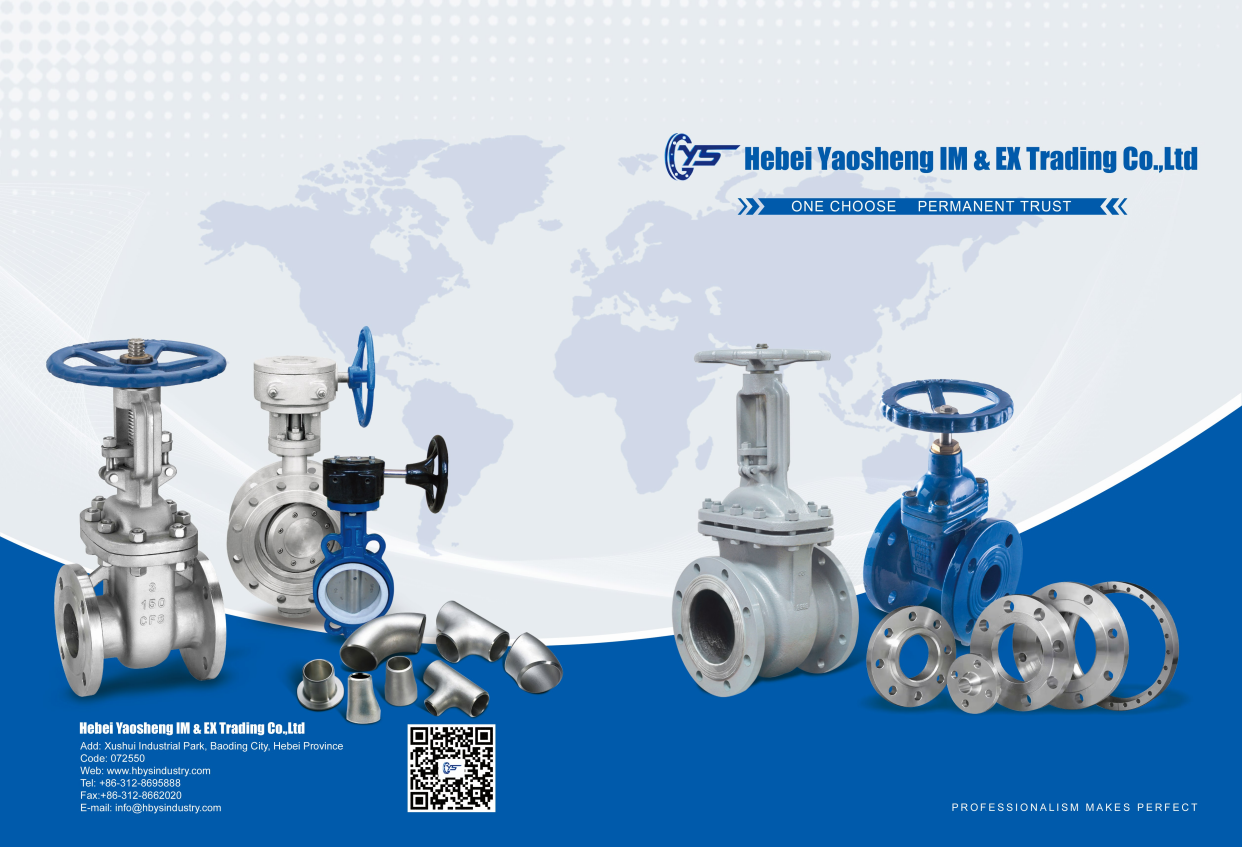china hand operated globe valve
The Hand Operated Globe Valve An Essential Component in Fluid Control
In the realm of fluid control, the hand operated globe valve stands out as a reliable and efficient solution. Its design and functionality make it a vital component for various industrial applications, from water and gas distribution systems to chemical processing plants. Understanding the features, advantages, and applications of hand operated globe valves is essential for engineers and operators alike.
Design and Construction
The globe valve's distinctive shape is characterized by a spherical body and a movable disk or plug that regulates fluid flow through an opening. This design allows it to offer a much smoother flow control compared to other types of valves. The valve typically consists of three main parts the body, the bonnet, and the disk (or plug). The hand wheel, attached to the stem, allows operators to adjust the position of the disk, thus controlling the flow of fluids.
Globe valves can be constructed from various materials, including cast iron, stainless steel, and other alloys. The choice of material often depends on the nature of the fluid being controlled, temperature, and pressure conditions. For instance, stainless steel is favored in applications involving corrosive substances, while cast iron may be used for water distribution systems.
Operation
The operation of a hand operated globe valve is straightforward. Operators manually turn the hand wheel, which moves the stem, raising or lowering the disk within the valve body. This movement allows for precise adjustments in flow rate. Unlike gate valves, which can either be fully open or fully closed, globe valves provide the flexibility to control flow in increments, making them ideal for applications where flow rate needs to be closely monitored.
Advantages of Hand Operated Globe Valves
One of the significant advantages of hand operated globe valves is their ability to provide fine flow control. This control is crucial in processes where the rate of flow affects the overall efficiency and safety of operations. Furthermore, unlike some other valve types, globe valves can effectively prevent backflow, which can be a critical feature in many systems.
china hand operated globe valve

Another benefit is durability. Hand operated globe valves are built to withstand high pressure and high-temperature environments, making them suitable for steam and other demanding applications. Their robust construction ensures a long lifespan, which translates to lower maintenance costs over time.
Applications
Hand operated globe valves are widely used in various industries. In water treatment facilities, they help regulate the flow of water through different processing stages. In oil and gas pipelines, these valves offer essential control over the distribution and regulation of hydrocarbons. The chemical industry relies on globe valves to manage the flow of corrosive chemicals safely. Additionally, in HVAC systems, they play a crucial role in controlling heating and cooling fluids.
Maintenance and Best Practices
While globe valves are known for their reliability, regular maintenance is essential to ensure optimal performance. Operators should routinely inspect the valves for any signs of wear or corrosion, as well as check for leaks around the bonnet and body. Ensuring that the hand wheel operates smoothly and does not exhibit excessive resistance can prevent operational failures.
When using hand operated globe valves, operators should follow best practices, such as opening and closing the valve slowly to avoid sudden changes in pressure, which can lead to system shocks and potential damage. Additionally, it is important to ensure that the valve is only operated within its specified pressure and temperature ratings.
Conclusion
In conclusion, the hand operated globe valve is an essential component in the field of fluid control. Its design allows for precise flow regulation, making it invaluable across various industries. Understanding its operation, advantages, and appropriate applications can significantly enhance system efficiency and reliability. As industries continue to evolve, the hand operated globe valve will undoubtedly remain a fundamental element in the management of fluid systems, ensuring safe and effective operation across diverse settings.
-
The Key to Fluid Control: Exploring the Advantages of Ball Valves in Industrial SystemsNewsJul.09,2025
-
The Versatile World of 1, 2, and 3 Piece Ball ValvesNewsJul.09,2025
-
Stainless Steel Ball Valves: The Ideal Choice for Efficient Flow ControlNewsJul.09,2025
-
Optimizing Fluid Control with Ball Float ValvesNewsJul.09,2025
-
Manual Gate Valves: Essential for Control and EfficiencyNewsJul.09,2025
-
Everything You Need to Know About Butterfly ValvesNewsJul.09,2025
-
The Versatility of Wafer Type Butterfly ValvesNewsJul.08,2025




